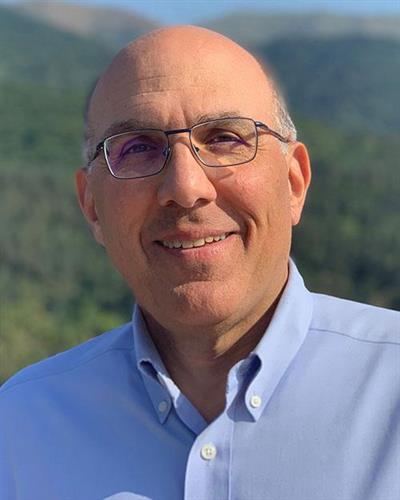
Research/Areas of Interest
Applied dynamical systems, applied probability theory, kinetic theory, agent-based modeling, mathematical models of the economy, theoretical and computational fluid dynamics, complex systems science, quantum computation
Current research emphasis is on mathematical models of economics in general, and agent-based models of wealth distributions in particular. The group's work has shed new light on the tendency of wealth to concentrate, and has discovered new results for upward mobility, wealth autocorrelation, and the flux of agents and wealth. The group's mathematical description of the phenomenon of oligarchy has also shed new light on functional analysis in general and distribution theory in particular.
Secondary projects include new directions in lattice Boltzmann and lattice-gas models of fluid dynamics, kinetic theory, and quantum computation.
Education
- PhD, Applied Science and Engineering, University of California at Davis, United States, 1987
- MS, Nuclear Engineering, Massachusetts Institute of Technology, United States, 1978
- BS, Physics, Massachusetts Institute of Technology, United States, 1978
Biography
Prior to coming to Tufts, Boghosian had professional experience in academia, industry, and a national laboratory, as described below. Prior to that, he received BS and MS degrees from MIT (1978), and a PhD from the University of California, Davis (1987).